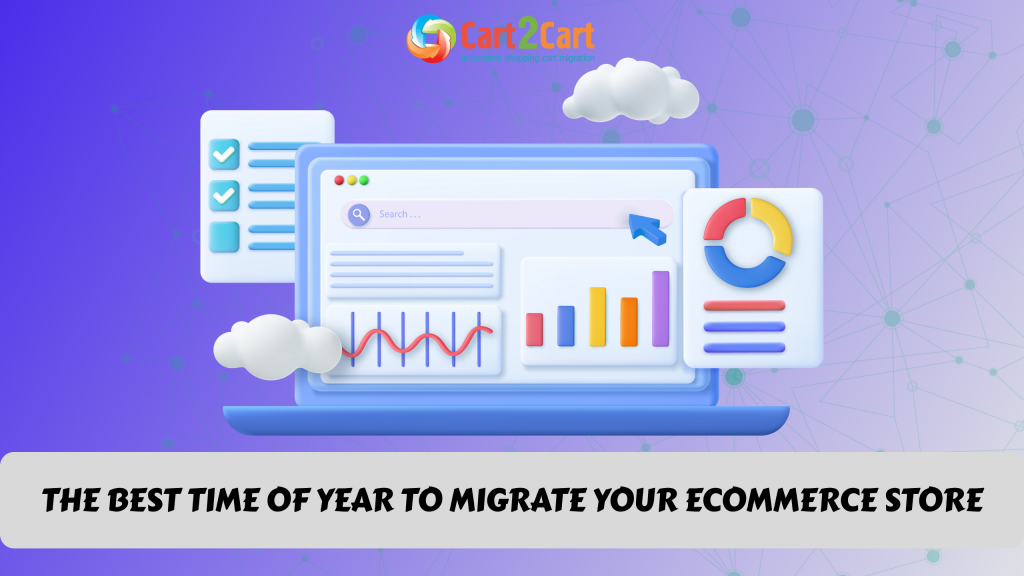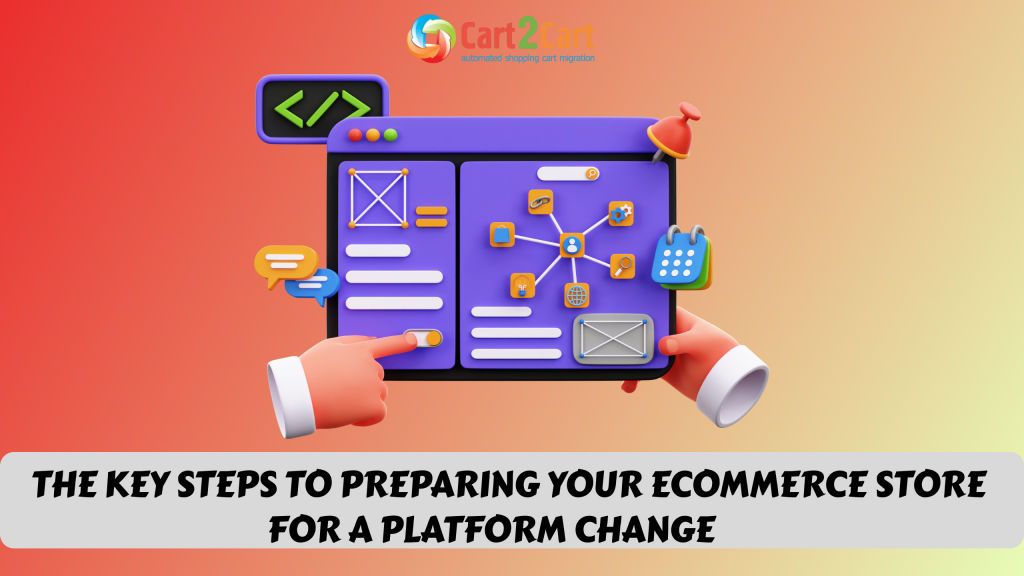
When launching an online store, choosing the right platform is a crucial decision. Shopify and WooCommerce are two of the most popular eCommerce solutions, each offering unique advantages. But which one is best for your business? Let’s compare them in key aspects.
Ease of Use
Shopify is a fully hosted solution, meaning it handles hosting, security, and updates. You simply sign up, choose a theme, add products, and start selling. Its intuitive drag-and-drop interface makes it beginner-friendly.
WooCommerce, a plugin for WordPress, requires more setup. You need to handle hosting, install WordPress, and configure WooCommerce. While it offers more flexibility, it has a steeper learning curve compared to Shopify. If you are comfortable with WordPress, this may not be an issue, but for beginners, Shopify is the easier choice.
Cost
Shopify offers tiered pricing plans starting at $39/month, including hosting and security. However, transaction fees apply if you don’t use Shopify Payments. Additional costs may include premium themes and apps.
WooCommerce itself is free, but costs can add up with hosting, themes, and plugins. Depending on your choices, it can be more affordable or more expensive than Shopify in the long run. Since WooCommerce gives you full control, you can pick budget-friendly solutions, but this requires more hands-on effort.
Customization & Flexibility
WooCommerce shines in customization. With thousands of WordPress themes and plugins, you can tailor your store exactly as you want. Developers can modify the code freely, making it the go-to platform for those who need a unique shopping experience.
Shopify offers extensive customization through its theme store and apps but has limitations compared to WooCommerce in terms of deep modifications. However, Shopify’s ecosystem ensures that most businesses will find all the necessary tools to customize their store without needing to code.
Payment Options
Both platforms support multiple payment gateways. Shopify has built-in Shopify Payments, which avoids extra transaction fees. It also integrates with over 100 other payment gateways like PayPal and Stripe.
WooCommerce supports PayPal, Stripe, and many other gateways, but some may require additional setup and extensions. If you want full flexibility with payment providers, WooCommerce gives you more control.
Security & Maintenance
Shopify handles security, hosting, and backups, ensuring a hassle-free experience. Shopify is PCI-compliant, meaning transactions are secure out of the box.
WooCommerce, on the other hand, requires regular updates, security measures, and hosting management. You’ll need an SSL certificate and a good hosting provider to ensure security, which adds to the cost and technical workload.
Shopify vs. WooCommerce: Ready to Make the Switch?
Choosing the right platform is crucial for your business. Whether you're moving from WooCommerce to Shopify or vice versa, Cart2Cart makes migration effortless! Transfer your store data automatically—no downtime, no risks. Start your hassle-free migration now!
TRY IT FREE
SEO & Marketing Features
WooCommerce benefits from WordPress’s robust SEO capabilities. With the right plugins (e.g., Yoast SEO), you can optimize your store for search engines effectively. WordPress’s blogging capabilities also provide a strong advantage for content marketing.
Shopify offers built-in SEO features and marketing tools, but it is not as flexible as WooCommerce. However, Shopify’s app store includes various SEO and marketing tools, including email marketing integrations and social media advertising options.
Scalability
Shopify is built for scaling businesses, offering advanced plans and Shopify Plus for high-growth stores. Its hosted nature means you don’t have to worry about performance optimization—Shopify takes care of that.
WooCommerce scales well too but requires more hands-on optimization for performance. You’ll need to upgrade hosting, optimize your database, and possibly use a content delivery network (CDN) to keep up with high traffic.
Support & Community
Shopify provides 24/7 customer support via chat, phone, and email, making it ideal for store owners who need quick assistance.
WooCommerce has a large community and extensive documentation, but direct support depends on your hosting provider or developers. While many solutions exist, it may take longer to troubleshoot compared to Shopify.
|
Feature |
Shopify |
WooCommerce |
|
Ease of Use |
Beginner-friendly, no technical setup required |
Requires WordPress knowledge and manual setup |
|
Cost |
Starts at $39/month, includes hosting |
Free plugin, but hosting and extensions add costs |
|
Customization |
Limited but extensive theme & app options |
Highly customizable with plugins and coding |
|
Payment Options |
Shopify Payments + 100+ gateways |
Supports multiple gateways but needs setup |
|
Security & Maintenance |
Managed by Shopify |
Requires manual security & updates |
|
Scalability |
Scales easily with Shopify Plus |
Requires performance optimization for scaling |
Conclusion
If you want an easy-to-use, all-in-one solution with minimal technical hassle, Shopify is the better choice. If you prefer full control, flexibility, and already use WordPress, WooCommerce may be ideal.
Ultimately, your choice depends on your needs, technical expertise, and budget. If you decide to switch, Cart2Cart can help you migrate from WooCommerce to Shopify (or vice versa) seamlessly. Try our demo today!


 March 31, 2025
March 31, 2025 


